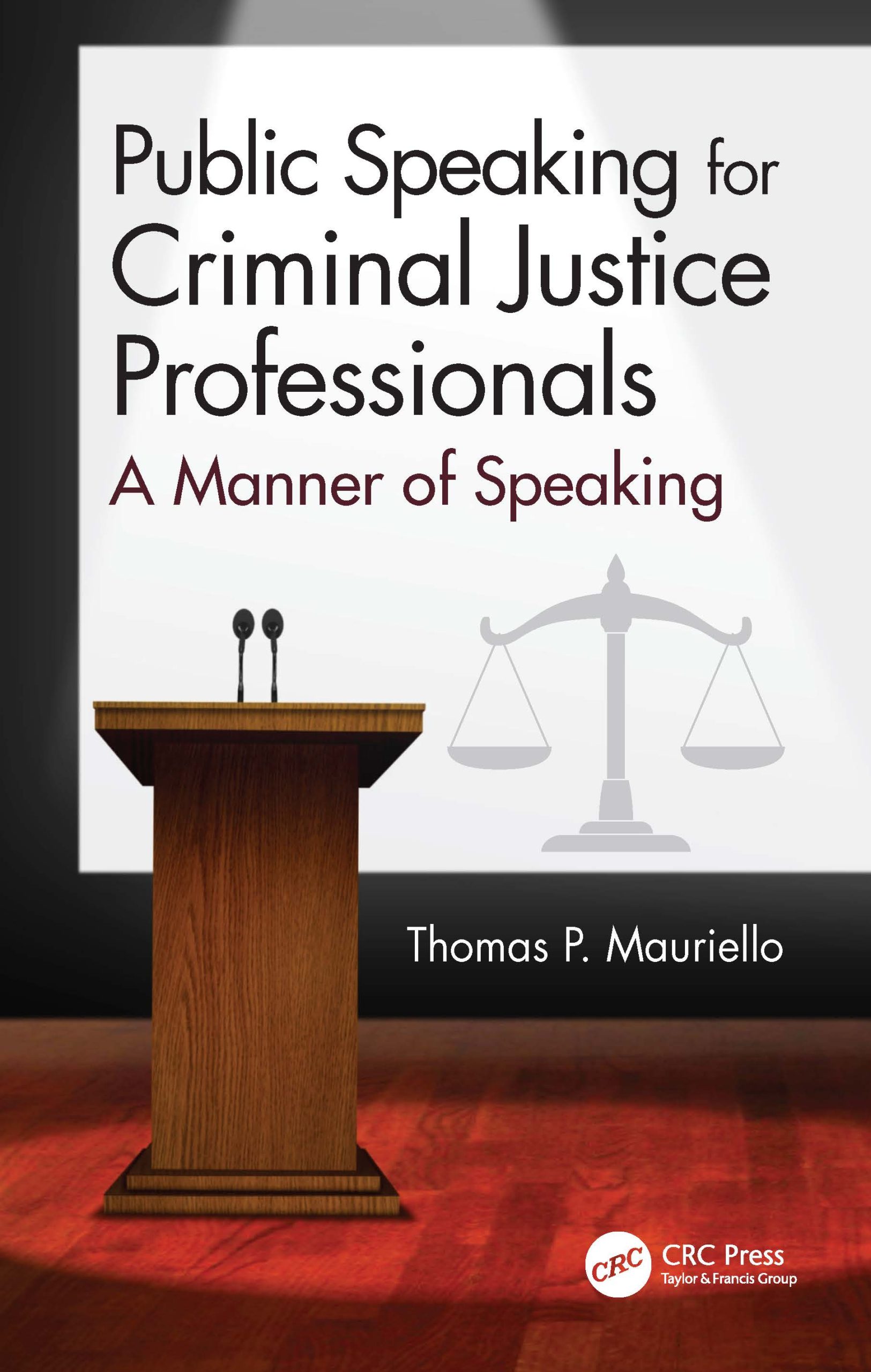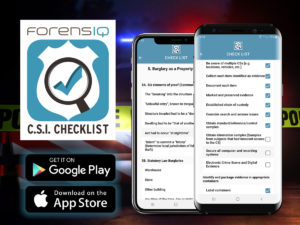Fragrances Scent Profiles Used to Categorize Suspects
Forensics experts are building chemical profiles of popular fragrances to help them identify scents left on clothing and items touched by offenders. These traces are coming from deodorant, perfume and soap left behind at crime scenes. By building up a ‘scent profile’ it can help to narrow down lists of suspects and even be used as evidence in court. They hope that by identify key compounds from the sweat left behind by criminals, it can be used as evidence against them. For additional information and to learn more please go to the link below:
http://www.forensicmag.com/news/2014/11/scent-profiles-used-categorize-suspects
[Abstract written by Mercedes Quick, ForensIQ Intern, 11/29/14]
New Way to Analyze DNA Evidence Under Development
The chair of the Department of Computer Science and an associate professor Desmond Lun, at Rutgers–Camden, is part of a collaborative research team that has been awarded a $1.7 million Army Research Office grant to create a software program based on a computational method for analyzing DNA evidence. DNA can be found in human cells from blood, hair, and skin. When a forensic analyst takes a DNA sample from an object, the DNA from everyone who had contact with the object is potentially in the sample. Lun is working with researchers from Boston University and the Massachusetts Institute of Technology. For additional information and the full article, go to the website below:
http://www.forensicmag.com/news/2014/12/new-way-analyze-dna-evidence-under-development
[Abstract written by Mercedes Quick, ForensIQ Intern, 12/01/14]
Detecting Explosives with Light
Research from the University of Adelaide has created a sensor that can detect tiny quantities of explosives with the use of light and special glass fibers. This fibre sensor can detect explosives in concentrations as low as 6.3 ppm (parts per million). Its analysis time are only a few minutes. Traditionally explosives detection has involved looking for metals that encase them such as in land mines. But today explosive devices will often have no metal in them so we need to be able to detect the explosive material itself. It uses a plastic material that emits red light when illuminated with green laser light, and the amount of red light it emits is reduced by the presence of explosives. It also has high sensitivity and it can detect tiny quantities of an explosive. This can also be used to quantify the amount of explosive by looking at how the light emission changes over time. This type of technology could help greatly in the fight against terrorism.
Click here for full article
Source: Science Daily
[Abstract written by Alicia Terrell, ForensIQ Intern, 051514]
The National Institute of Standards and Technology Seeks Applicants to Join Forensic Science Committees
The National Institute of Standards and Technology (NIST) is accepting applications from members of the forensic science, criminal justice, and academic research communities to serve on the Organization of Scientific Area Committees (OSAC). The OSAC, which will include a Forensic Science Standards Board, three resource committees, five scientific area committees, and twenty-three discipline-specific committees, will seek to develop national standards and guidelines for forensic science practitioners throughout the United States. The OSAC’s findings and publications, which will provide standards and guidelines to improve quality and consistency in forensic science, will be available to the public free of cost.
Only 400 applications have been received since the process opened on April 11, 2014 and the NIST needs approximately 600 experts to fill the open positions. If you are interested please review the roles and responsibilities for each membership category of OSAC and apply for membership. Applications are due 11:59 PM EDT, Sunday, May 11, 2014!
Click here for more information about the NIST and OSAC!
Click here to view the online application!
Source: The National Institute of Standards and Technology (NIST)
[Abstract written by Noel Andres, ForensIQ Intern, 5/1/2014]
Gun Buy-back Programs – Do they Stop Crime or Reduce Accidental Deaths?
See this piece on ABC News, WMAR Channel 2 Baltimore, where Tom Mauriello, ForensIQ and University of Maryland Professor comments on gun buy-back programs and how they reduce accidental deaths more than crime.
Fox Valley Technical College Creates Body Farm for Research
There are a lot of unanswered questions as to what happens to bodies after death. In order better understand the decomposition of animals and humans in extreme cold, a two-acre body farm will be built as part of Fox Valley Technical College’s Public Safety Training Center in Grenville, WI.
The FVTC research facility, which is scheduled to open in mid-2015, might be used to conduct experiments on how subzero temperatures mummify body tissue, whether insects inside a chest cavity can tolerate freezing weather, or whether scavengers like coyotes and foxes lose interest in a frozen body. The chairman insures that the FVTC will guard the research site with a 10ft-high-fence, barbed wire, and privacy slats to prevent curiosity seekers and thieves from entering the facility and to help treat the donated cadavers with respect.
FVTC plans to work with other research institutions like the University of Wisconsin or the University of Tennessee to conduct experiments and publish the findings.
Source: Post-Crescent Media
[Abstract written by Noel Andres, ForensIQ Student Intern, 4/10/14]
Interested in reading more about this body farm? Click here for the full article!






